Imagine the greatest architectural, interior and landscaping designers of the 18th Century and then think of one estate and English Country house where each and everyone worked their expertise… Claremont House.
The English Country House Built by Every Master of the 18th Century.
31 July 2019
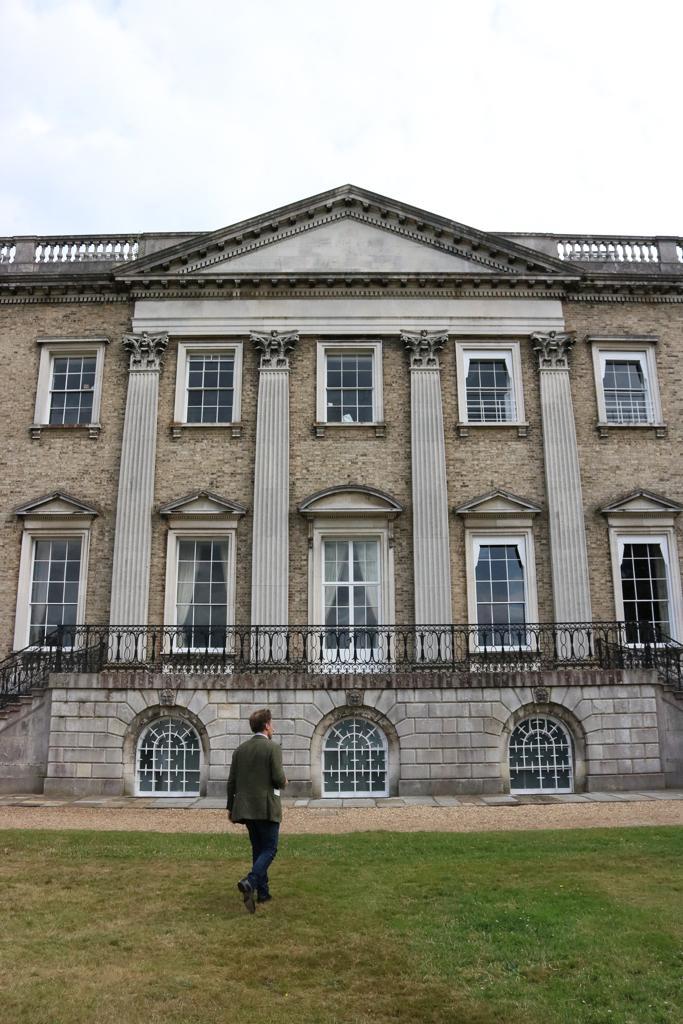
One of the few Palladian Mansions designed by Capability Brown.
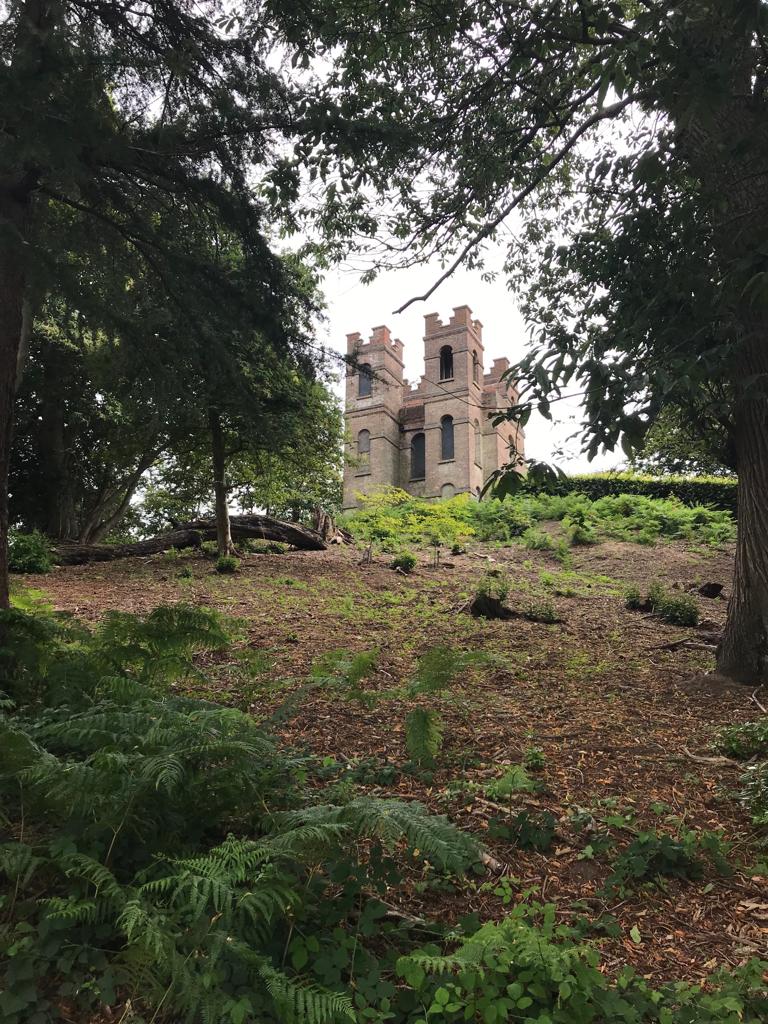
The Belvedere tower built by Sir John Vanburgh.
William Kent, Sir John Vanburgh, Sir John Soane, Henry Holland, Capability Brown, Robert Adam all left their legacy here, within the house that was Queen Victorias favourite refuge when she was a child. The last time I visited Claremont in search of Capability Brown's legacy, I was only permitted to see the gardens, which is the only part of the estate owned by the National Trust. I was disappointed not to be able to see the Palladian style house itself - one of the very few houses built by Capability Brown for Lord Clive of India in 1768. ( with the help of a then apprentice John Soane who was working at the time for Henry Holland)
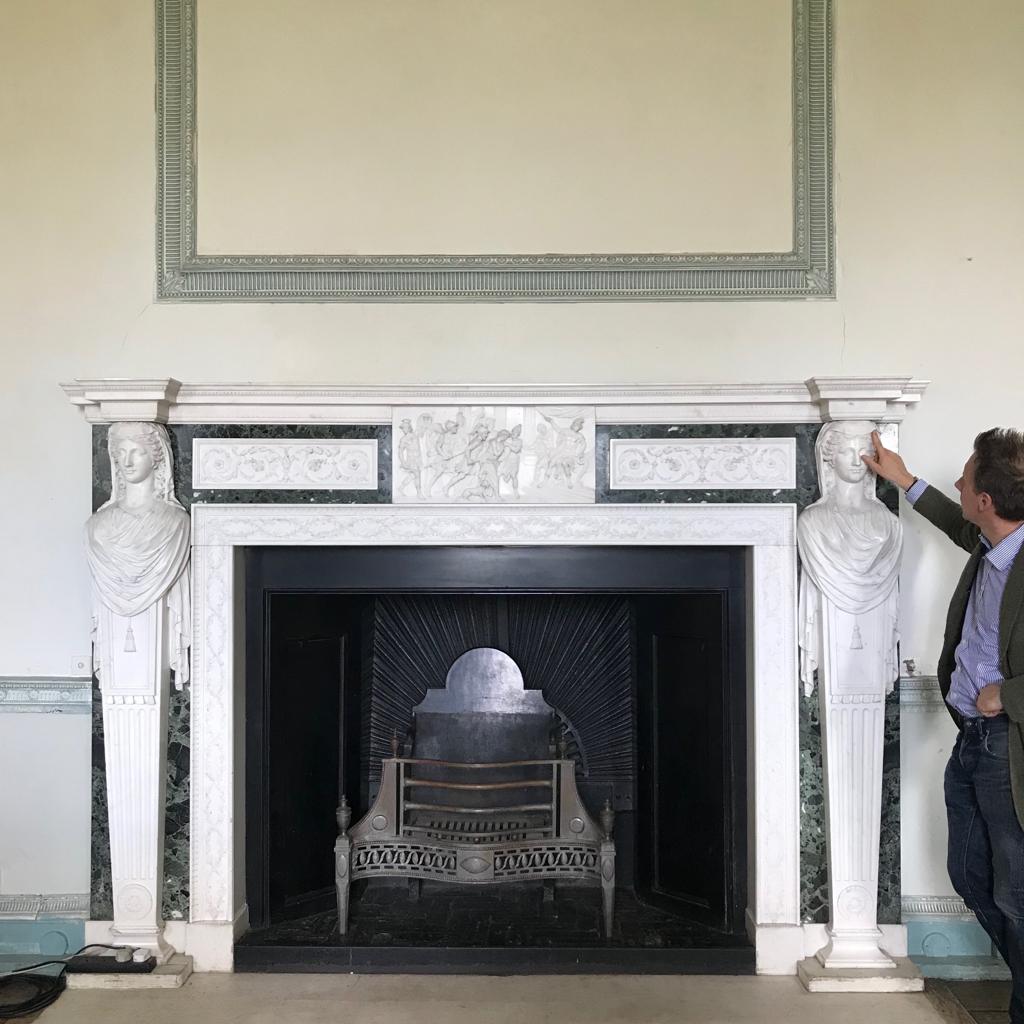
Imagine my delight therefore when I was officially invited to visit Claremont house on behalf of the Claremont Fan Court school with the opportunity to visit the interior of the historic house. Here was a rare chance to view the sumptuous interiors, many rooms of which have been untouched since Sir Robert Adam built the chimneypieces and the nurseries were painted in 1817 with animals from Noah’s ark, for Princess Charlotte's promised and much hoped for children.
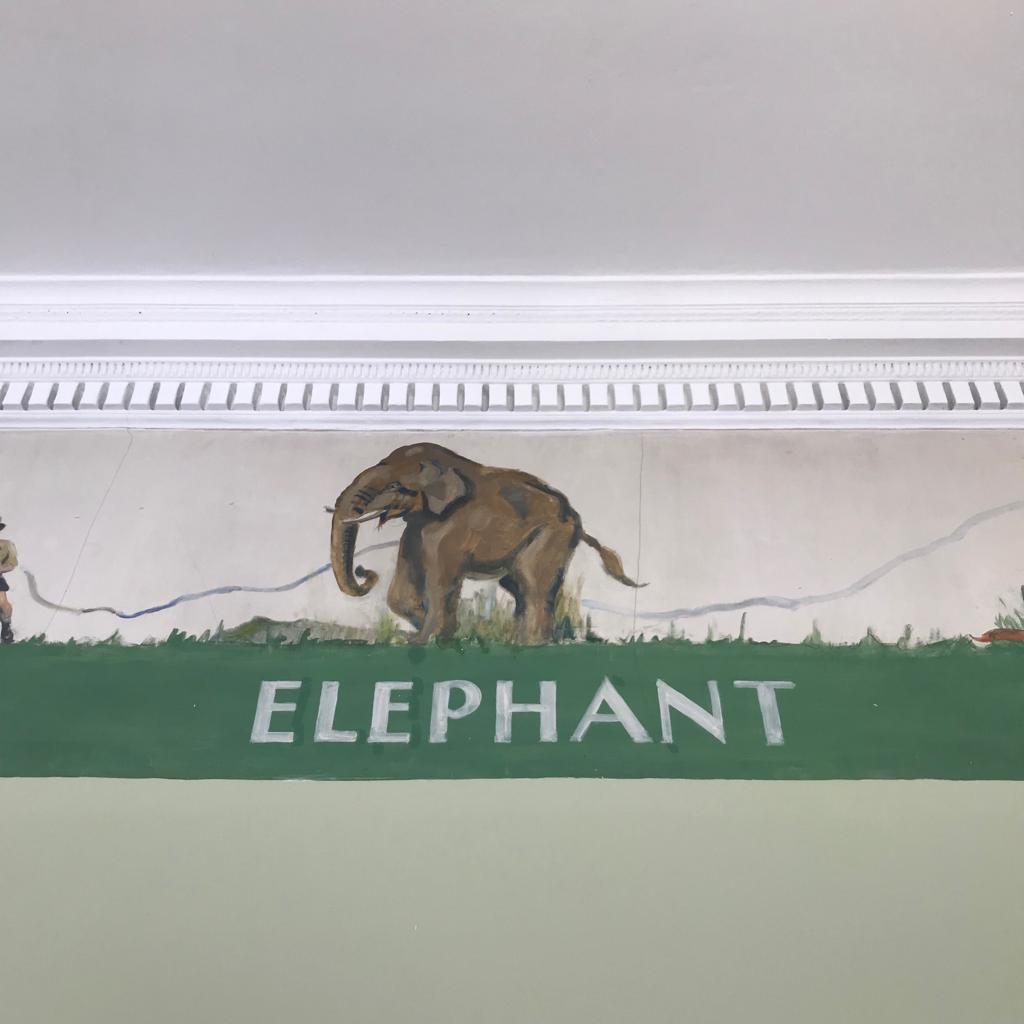
This is the house that was gifted to Prince Regent’s daughter, Princess Charlotte and her husband Prince Leopold of Saxe-Coburg as a wedding present in 1816. Where they spent a blissful year after they married. The happiest days of their lives which were cut so cruely after Princess Charlotte and her baby both died in childbirth.

This is the house in which Queen Victoria spent her happiest days as a child with her beloved uncle following the tragic death of Princess Charlotte in childbirth and much later the house in which Hawker Aircraft Ltd designed war-winning insurmountable aircrafts during the 2nd World War.
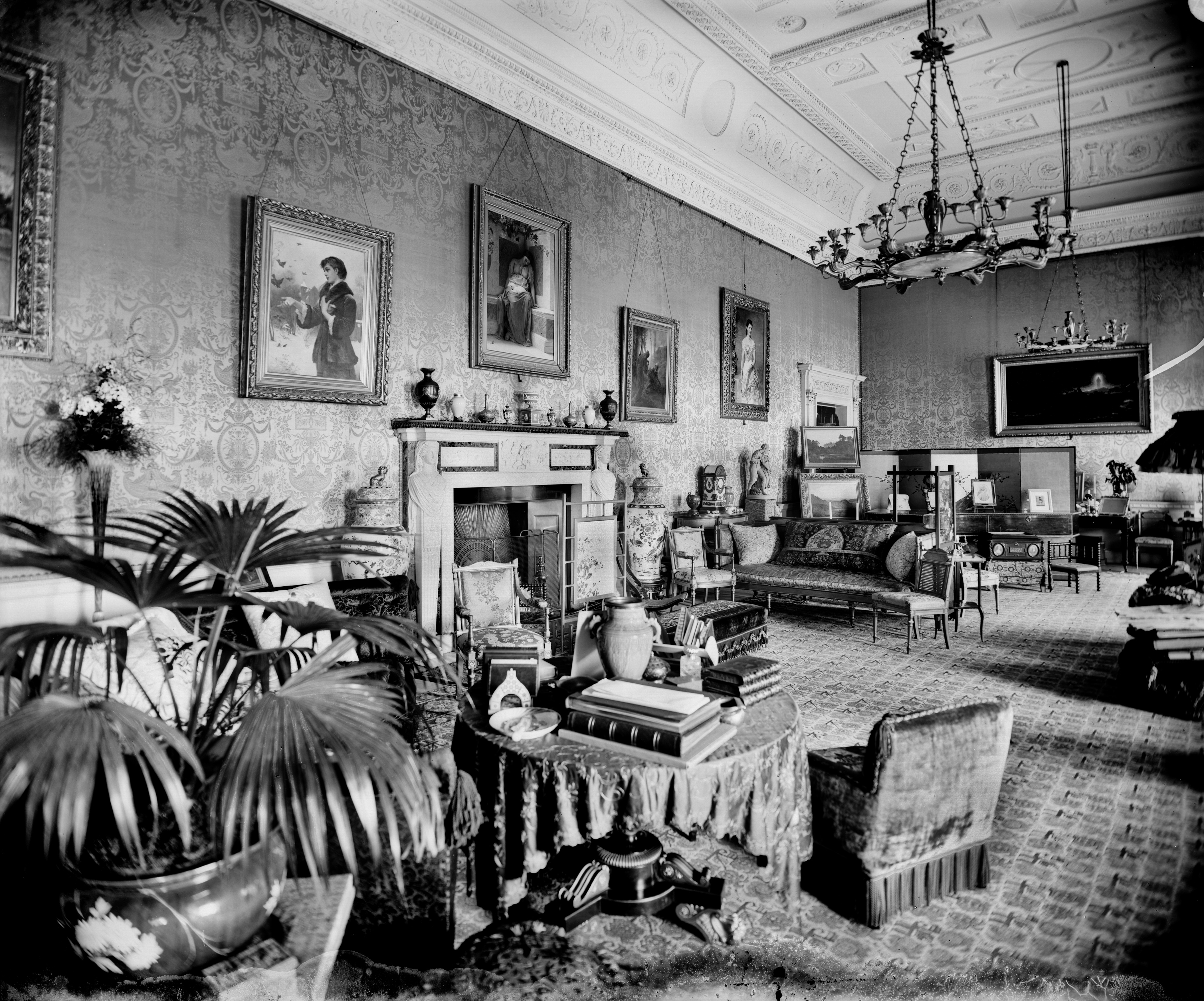
Claremont house before the wars changed history.
Queen Victoria vowed that Claremont should remain within the Royal Family but it was confiscated by the British Government from her grandson, after he served as a German officer in the First World War. In the 1930’s, the house that had stood empty for years after so much life and love, was planned to be demolished. Luckily its fate led to it becoming a school. It is extraordinary that after almost one hundred years as a childrens school so much of the original interiors remain.
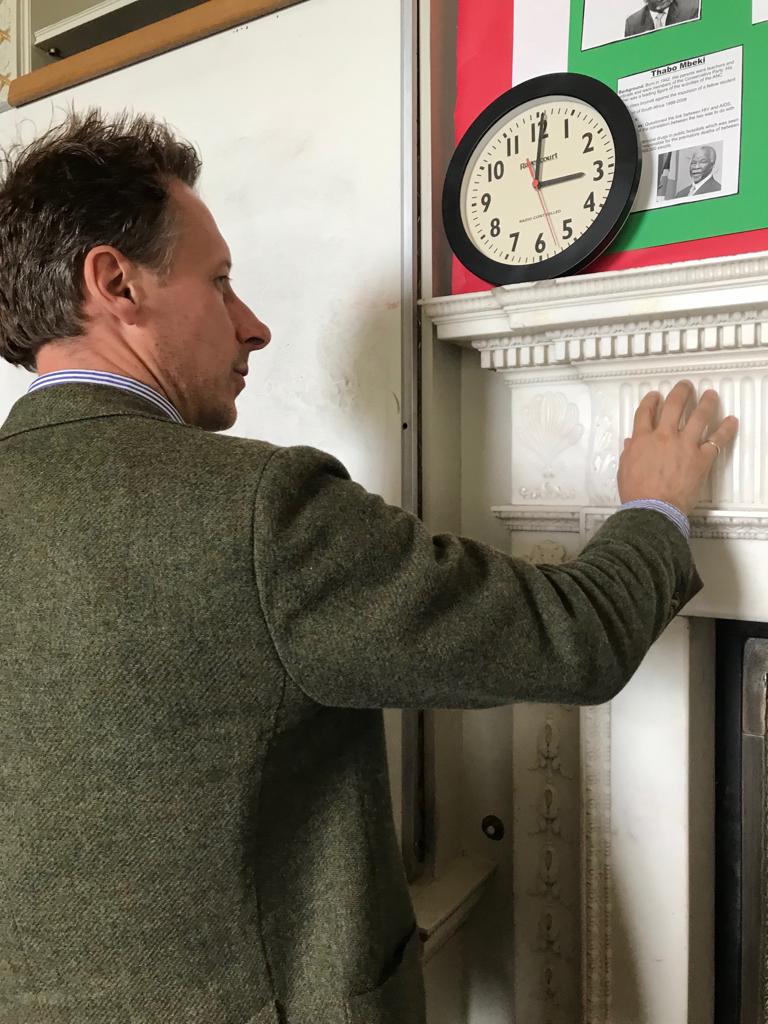
The chimneypieces are of staggering quality. It is not confirmed whether they are all designed by Sir Robert Adam but you can certainly see his influence. There is no area of compromise with every layer or surface enriched with embellishment in every room and every classroom! (The room that was Queen Victorias bedroom is now the geography classroom!)
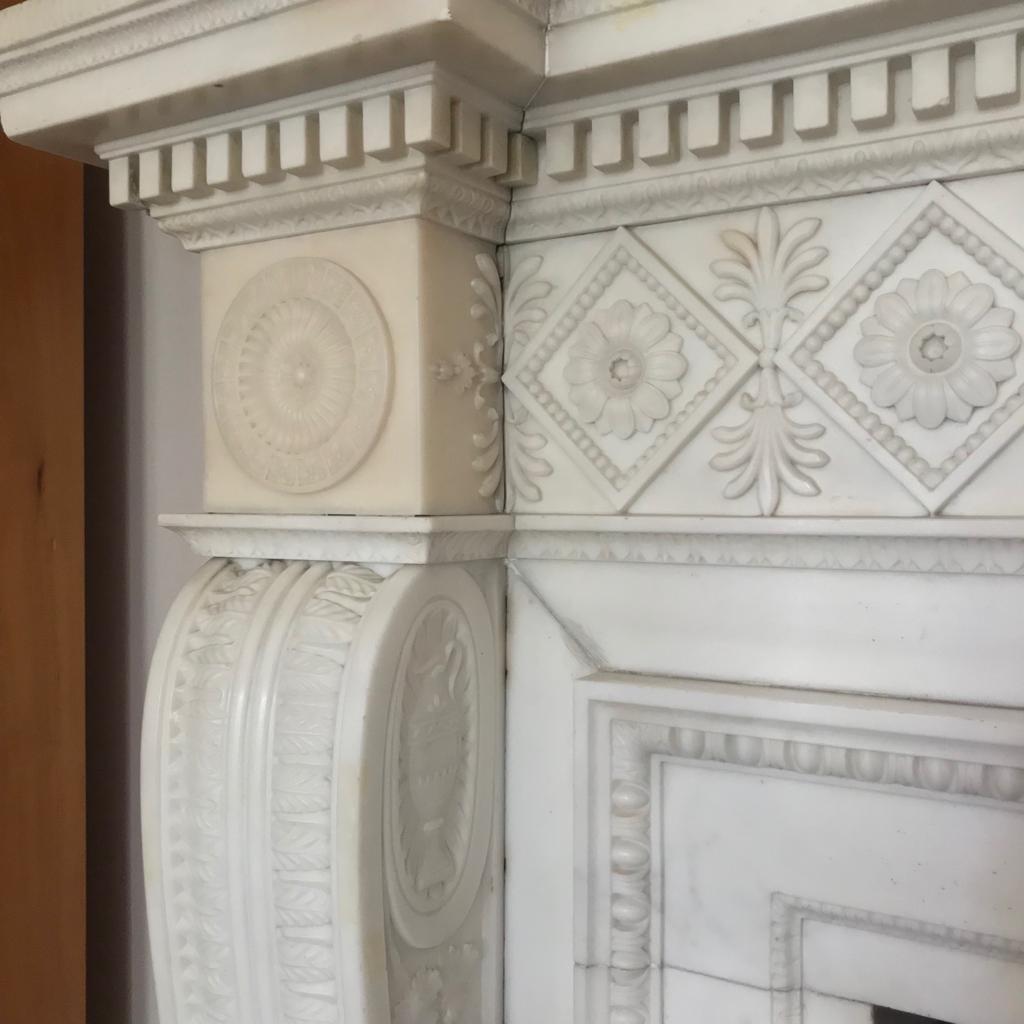
The precision with which they are made is immaculate, the design exceptional. There is nothing pedestrian about these surrounds. The expense of craftsmanship in their day would have been extraordinary.
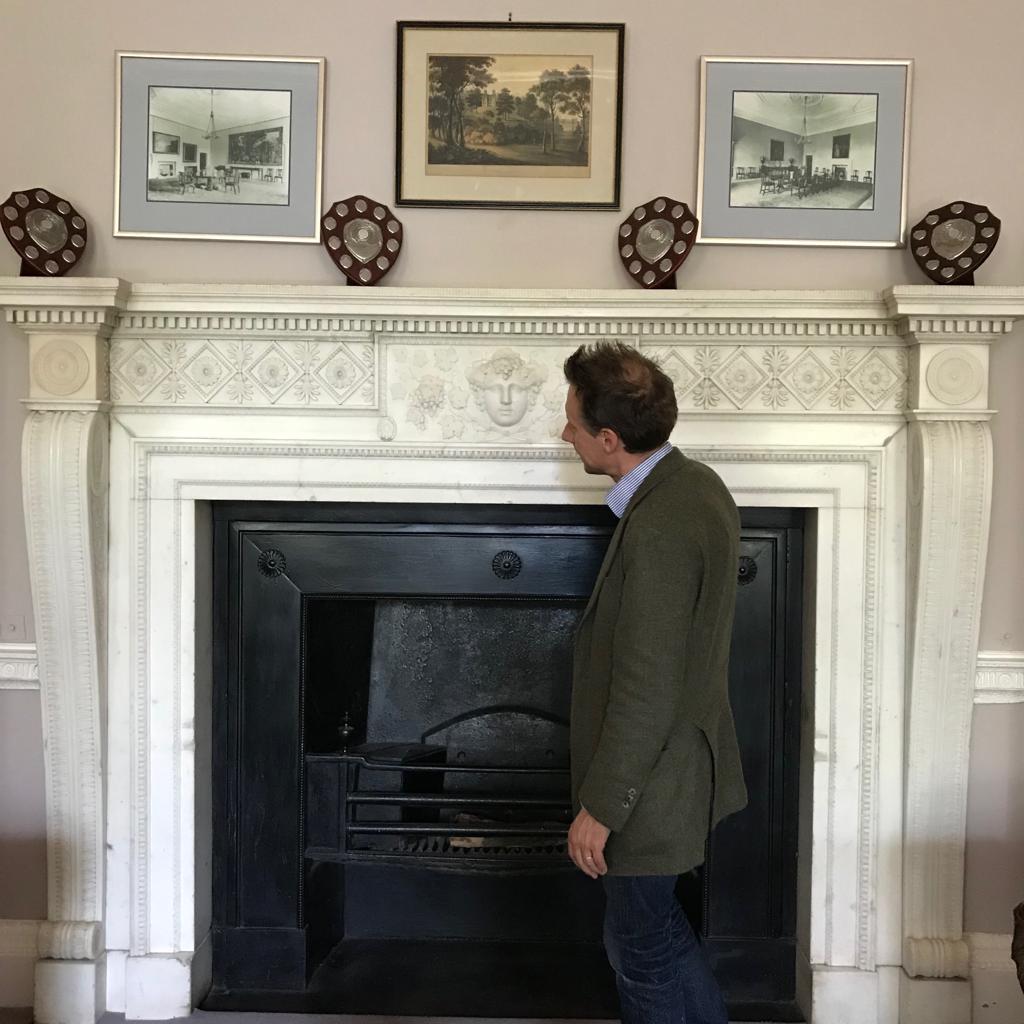
It is incredible to reflect upon what remains and that which existed, now with no trace. The original house was built by Sir John Vanburgh, architect of Blenheim House and Castle Howard. He built his home here. ( the plans of which are in the V and A) That house was demolished but the Belvedere, the towered building, a ‘prospect house’ from which you can see the dome of St Pauls and Windsor Castle still remains, built for the Duke of Newcastle to entertain his guests.
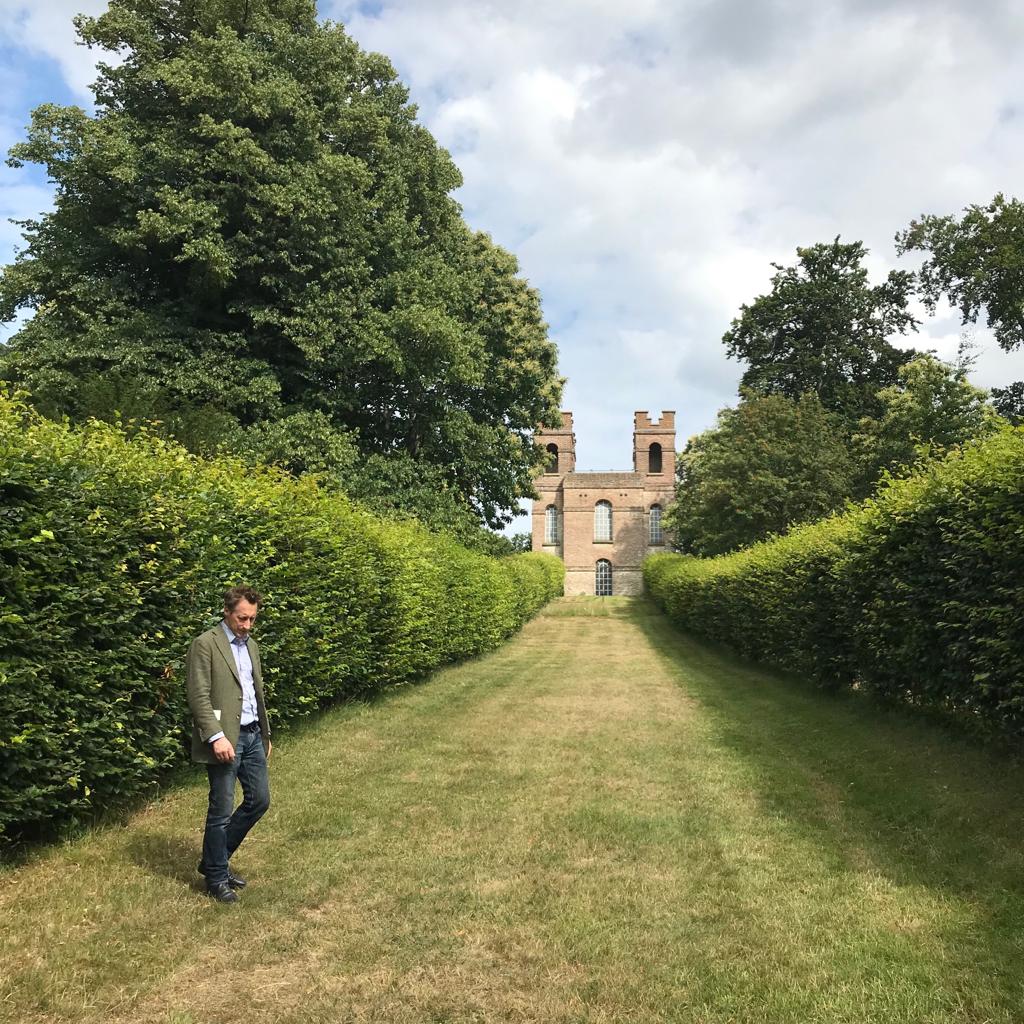
Although the landscape gardens remain, there is no remnant of the grotto that the first fashionable landscape gardener, William Kent created. Piece by piece the public, admitted to the grounds after Princess Charlotte died, took pieces away as mementoes.
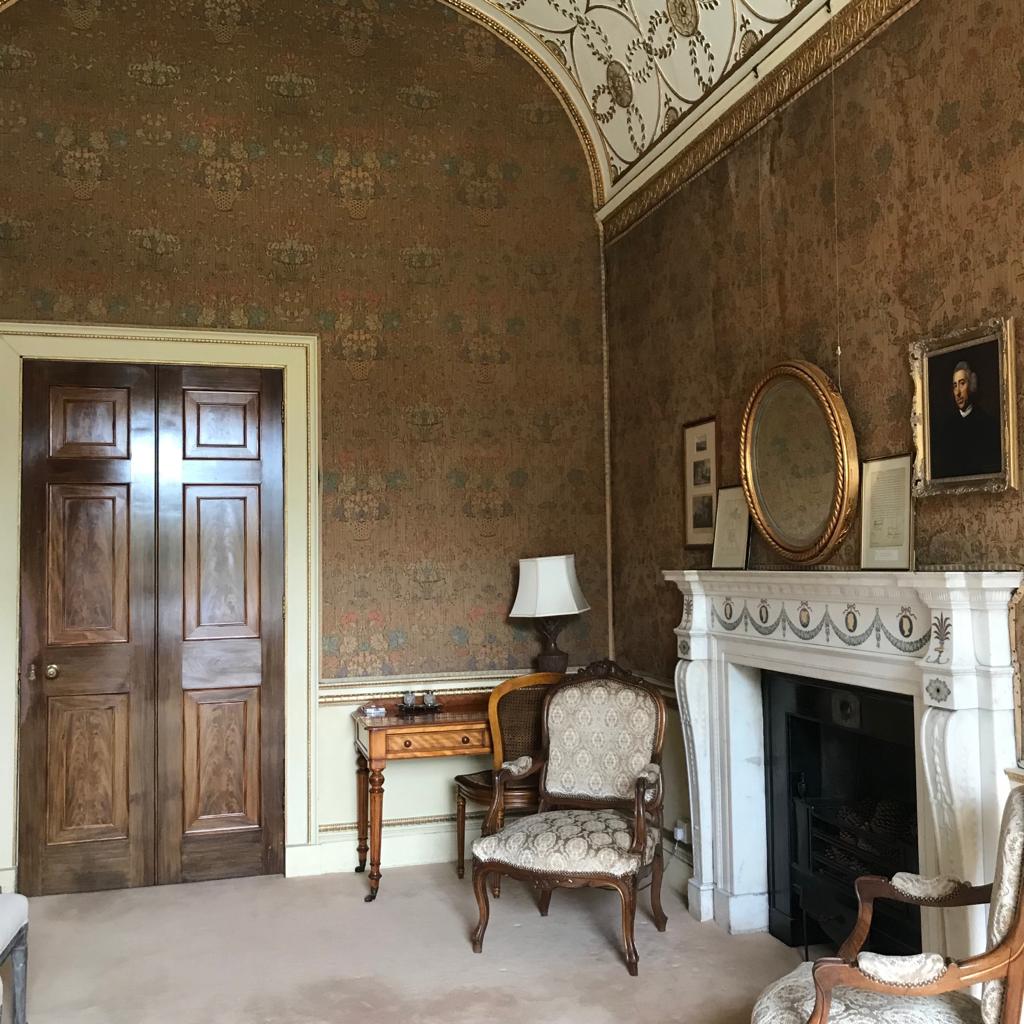
Some of the silk fabrics that cover the walls of the rooms remain but the enormous custom made carpet of the great hall is long gone. After Princess Charlotte died, her possessions were left in place for sixty- five years. The cloak and hat exactly where she had placed it for the last time. Now the walls of the rooms are covered in childrens’ illustrations and learnings. Multiple desks and chairs surround the mantelpieces within the classrooms.
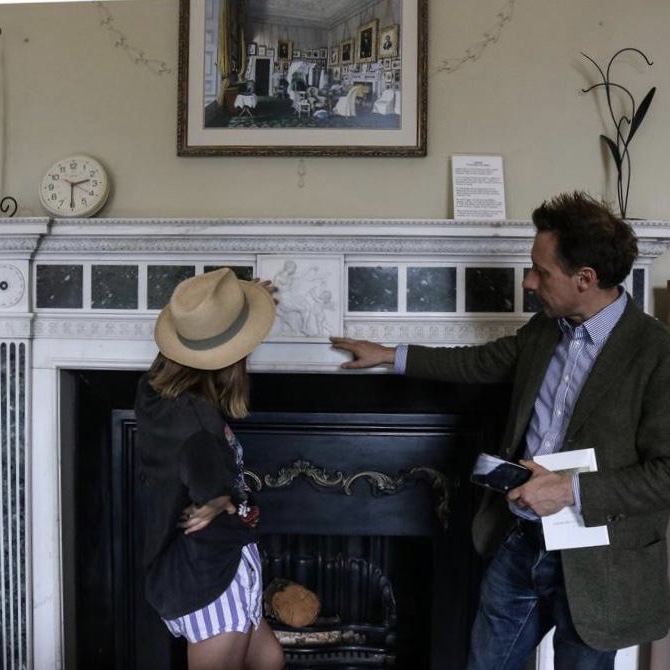
It was an absolute privilege to be able to view the house, that has laid witness to such rich history and reminds me of Sir William Chambers words to the adolescent John Soane, “Always see with your own eyes (you) must discover their true beauties, and the secrets by which they are produced.” Thank you Claremont Fan Court School.



